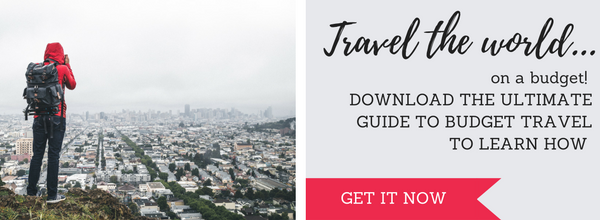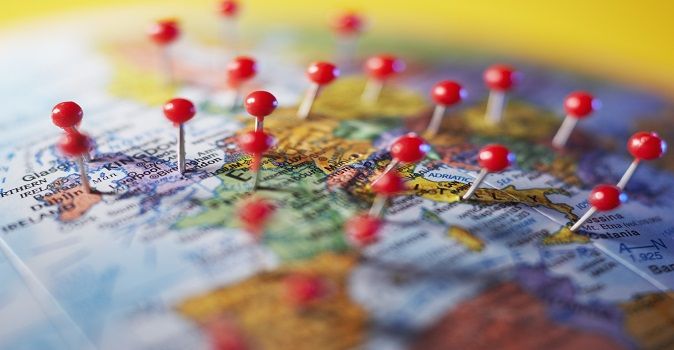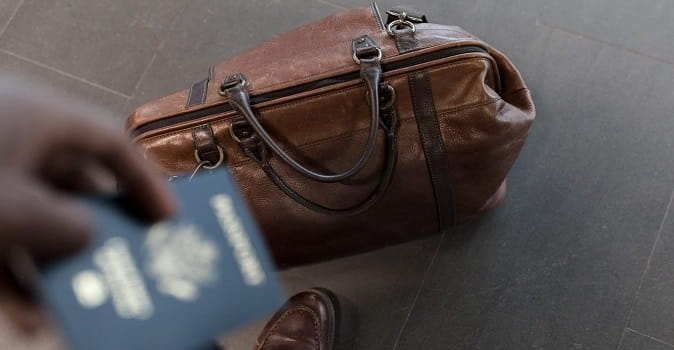To make it easier for travelers to journey between their countries, 26 European nations took part in the Schengen Agreement, which went into effect in 1995. This treaty enables participants to remove travel restrictions along their mutual borders.
The agreement led to the creation of the Schengen Area, for which internal border checks have been significantly eased. The goal is to give greater mobility to a large section of the continent. The Schengen Agreement is considered an important step toward uniting Europe.
According to Wikipedia, the agreement generally allows automobiles to cross borders without stopping at checkpoints. An exception is when Schengen Area countries are facing security threats and decide to temporarily reintroduce border checks.
The increase of terrorist acts in Europe has led some countries to reinstate some or all of the controls along their borders in recent months. As of March 22, 2016, such countries included Austria, Belgium, Denmark, France, Germany, Norway, and Sweden.
The Schengen Area was created in 1985. According to BBC News, the area takes its name from the town of Schengen in Luxembourg, where the agreement was signed.
Which Countries Are a Part of the Schengen Area?
Starting out with just five countries, the Schengen Area has grown over time. The Schengen member countries today are Austria, Belgium, the Czech Republic, Denmark, Estonia, Finland, France, Germany, Greece, Hungary, Iceland, Italy, Latvia, Liechtenstein, Lithuania, Luxembourg, Malta, the Netherlands, Norway, Poland, Portugal, Slovak Republic, Slovenia, Spain, Sweden and Switzerland.
The combined countries have a population of more than 400 million people and encompass 1,664,911 square miles. According to the European Commission website, the Schengen Area includes most European Union states.
The exceptions are Bulgaria, Croatia, Cyprus, Ireland, Romania, and the United Kingdom. Bulgaria and Romania are in the process of joining the area, however.
Heading abroad to a Schengen country? Before you go, check out these demographic facts and important information on healthcare, laws, and crime for each country!
How Do Visas Work in the Schengen Area?
The Schengen Area's visa regulations were established by the European Union (EU). They apply to the Schengen Area as well as to European Union nations.
If anyone other than a citizen of the European Union, European Economic Area, or Switzerland wants to enter the Schengen Area, they must have a visa or be a resident of a visa-exempt nation.
Generally, a short-stay visa issued by a Schengen Area member country entitles the holder to journey anywhere within the area for up to 90 days during any 180-day period, according to Schengen Visa: Everything You Need to Know.
Study abroad students must apply for visas to enter the Schengen Area. This requirement also applies to people who plan to work in a Schengen country or take part in internships.
According to the U.S. Department of State, if you are a U.S. resident with a valid passport traveling for tourism or business, you may apply to enter the Schengen area without a visa for up to three months at a time.
Check out this 12-step walkthrough of the Schengen visa application process!
Renewing Your Passport
The U.S. Department of State says, "Before tourists enter any of the countries in the Schengen Area, they should make sure their passport is valid for at least three months beyond their planned date of departure. If their passport doesn't meet this requirement, they could be turned away by airlines bound for Schengen Area countries. They also could be denied entry when they arrive."
More Schengen Visa Resources:
- Schengen Visa: Everything You Need to Know
- Schengen Visa Application Process
- Schengen Visa Insurance
- Schengen Visa FAQ
- Schengen Countries




